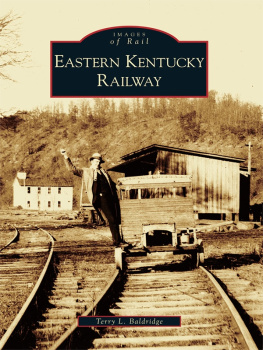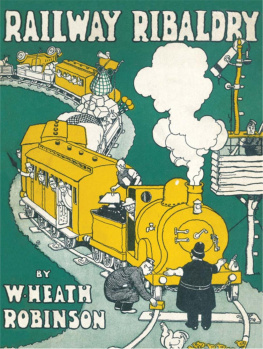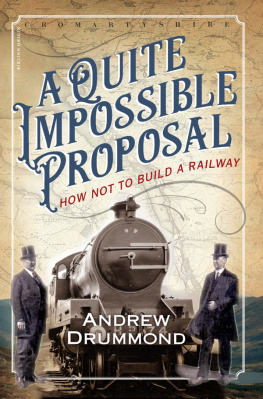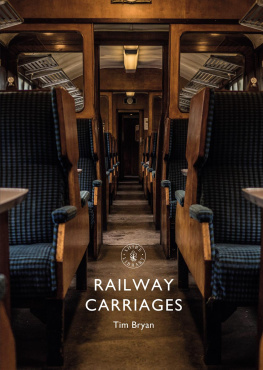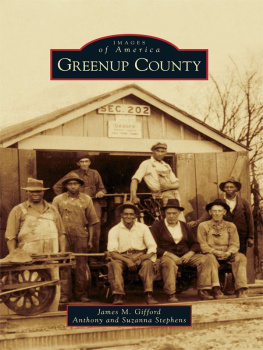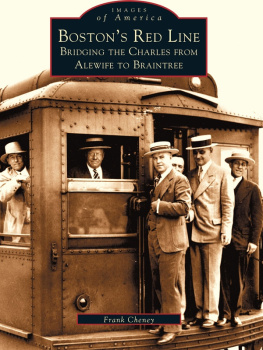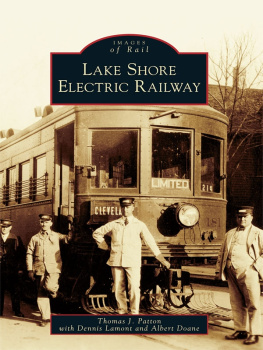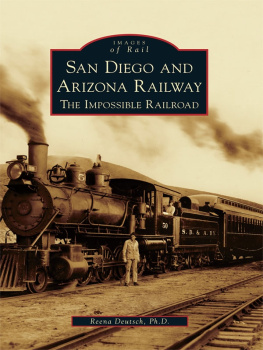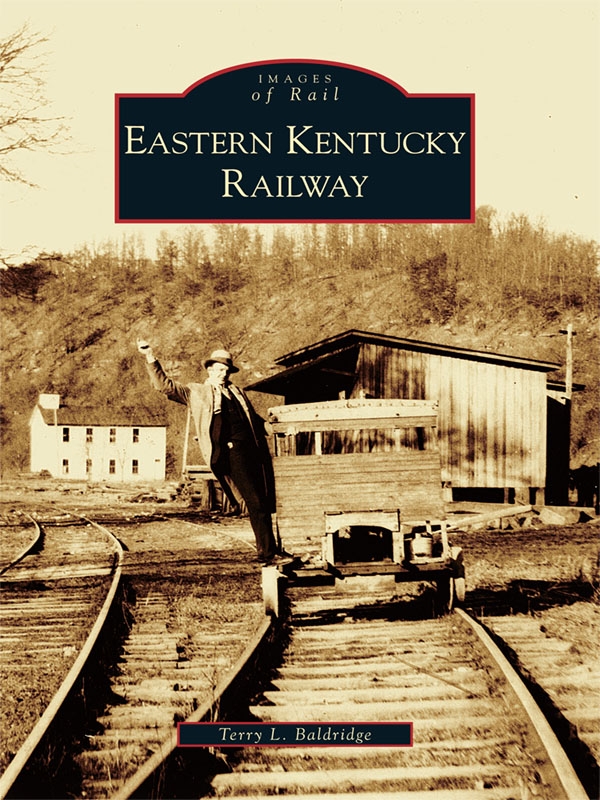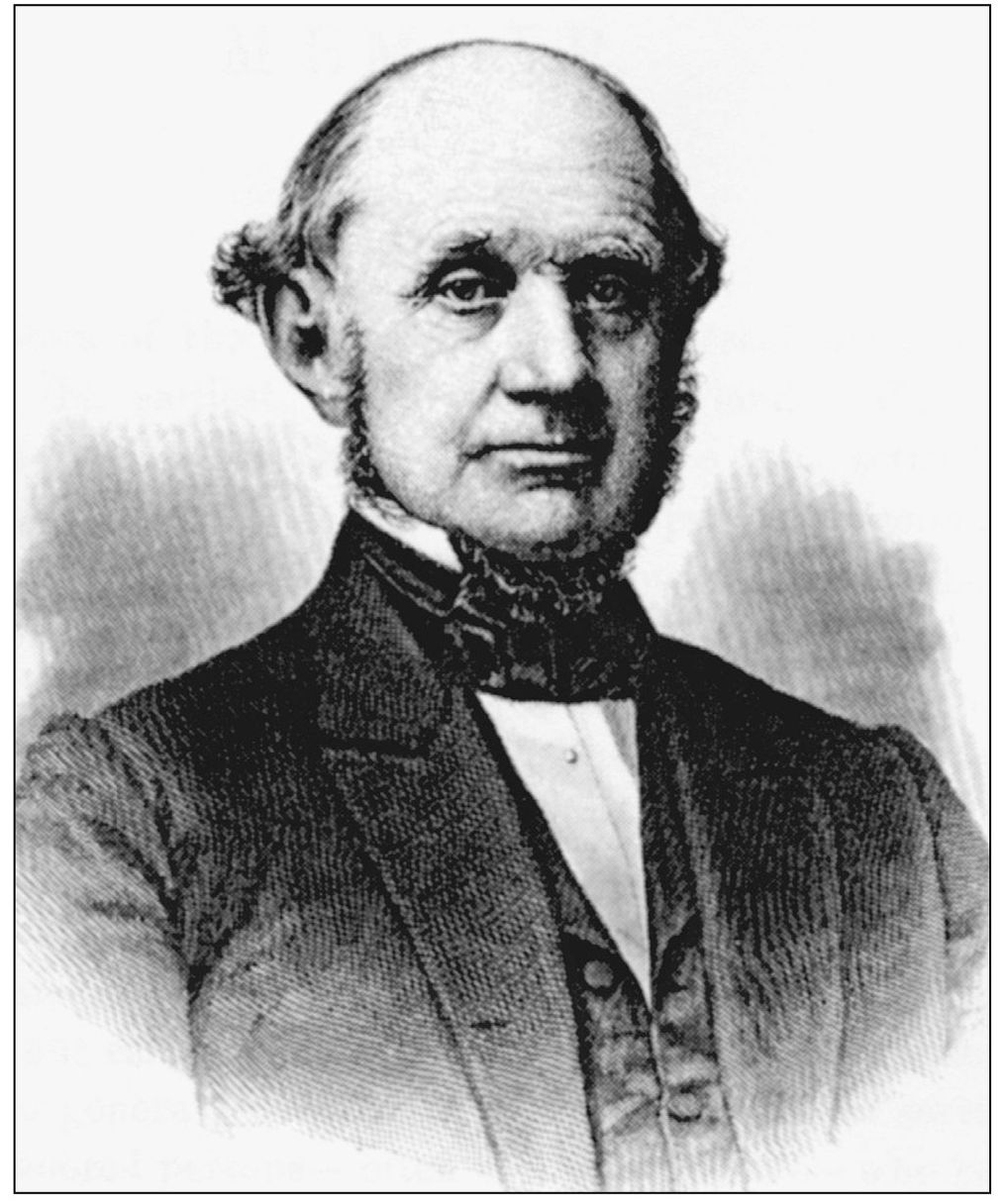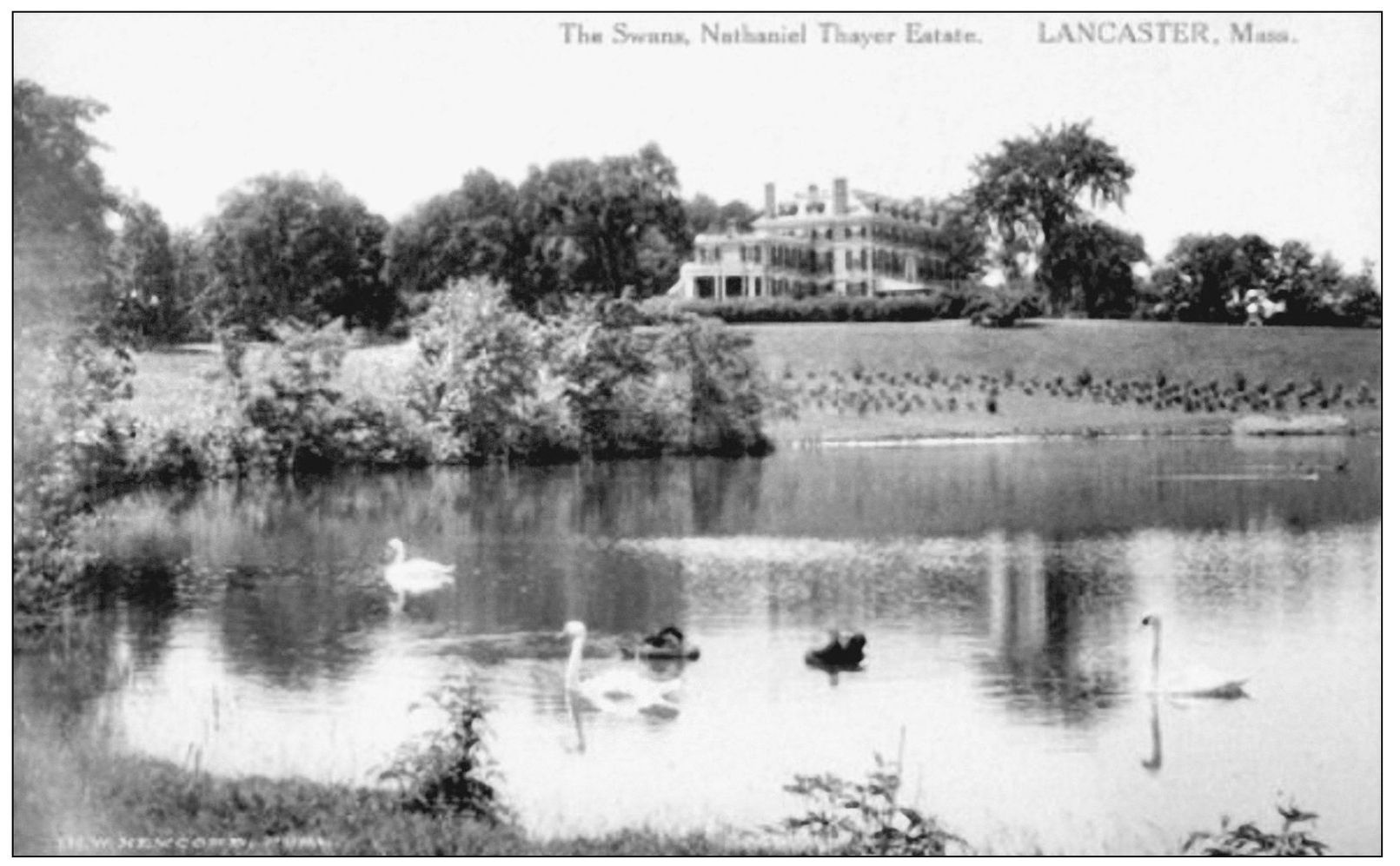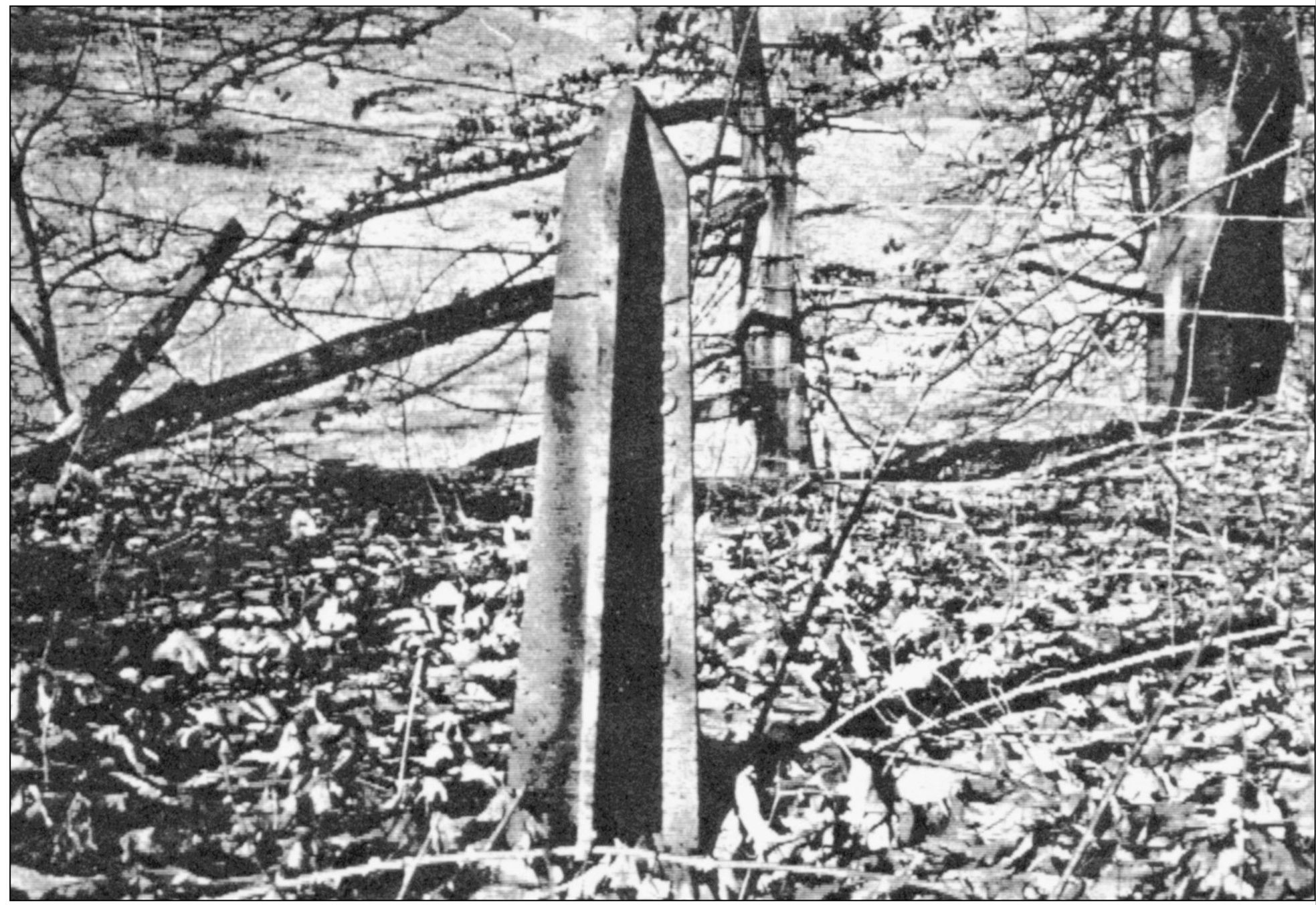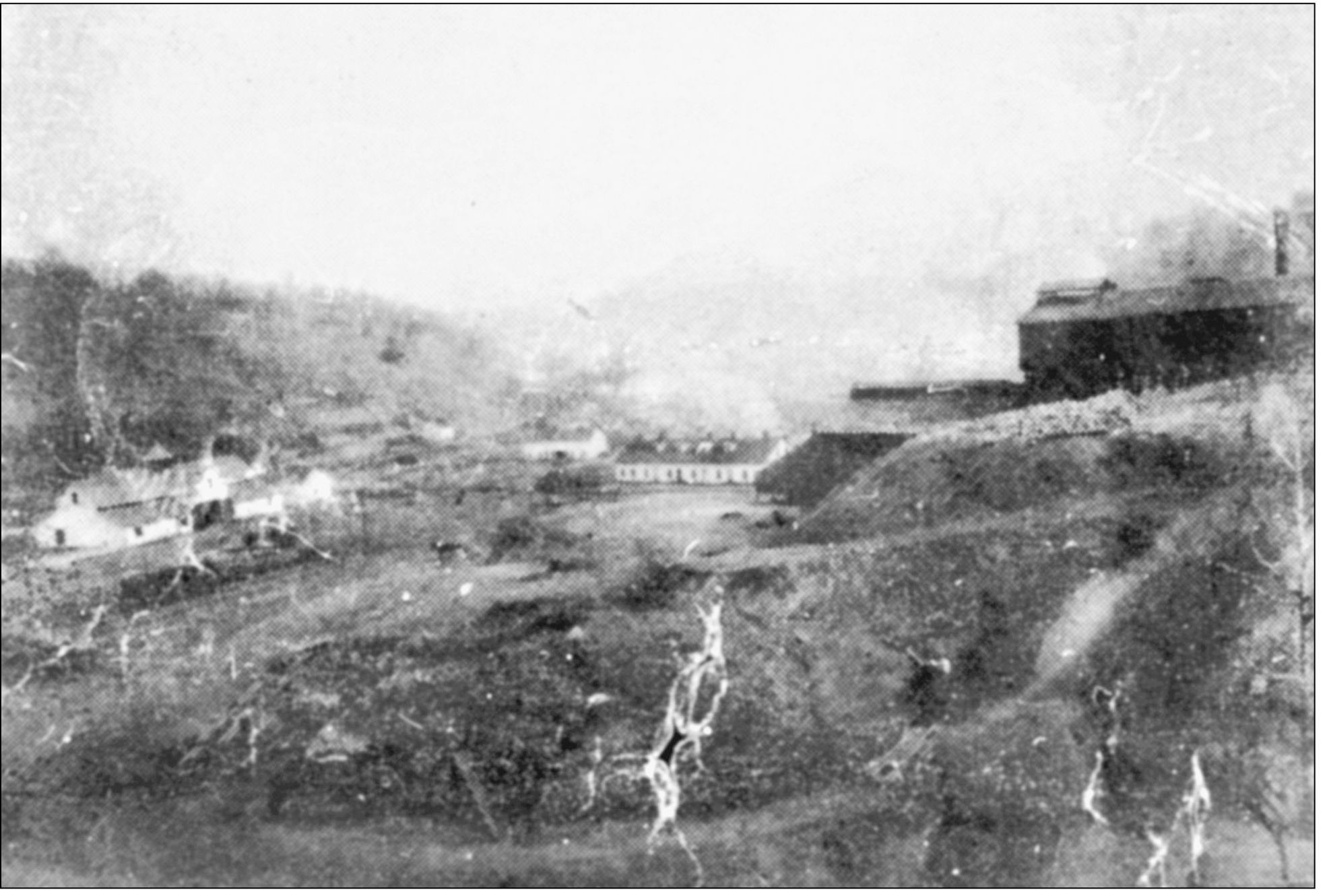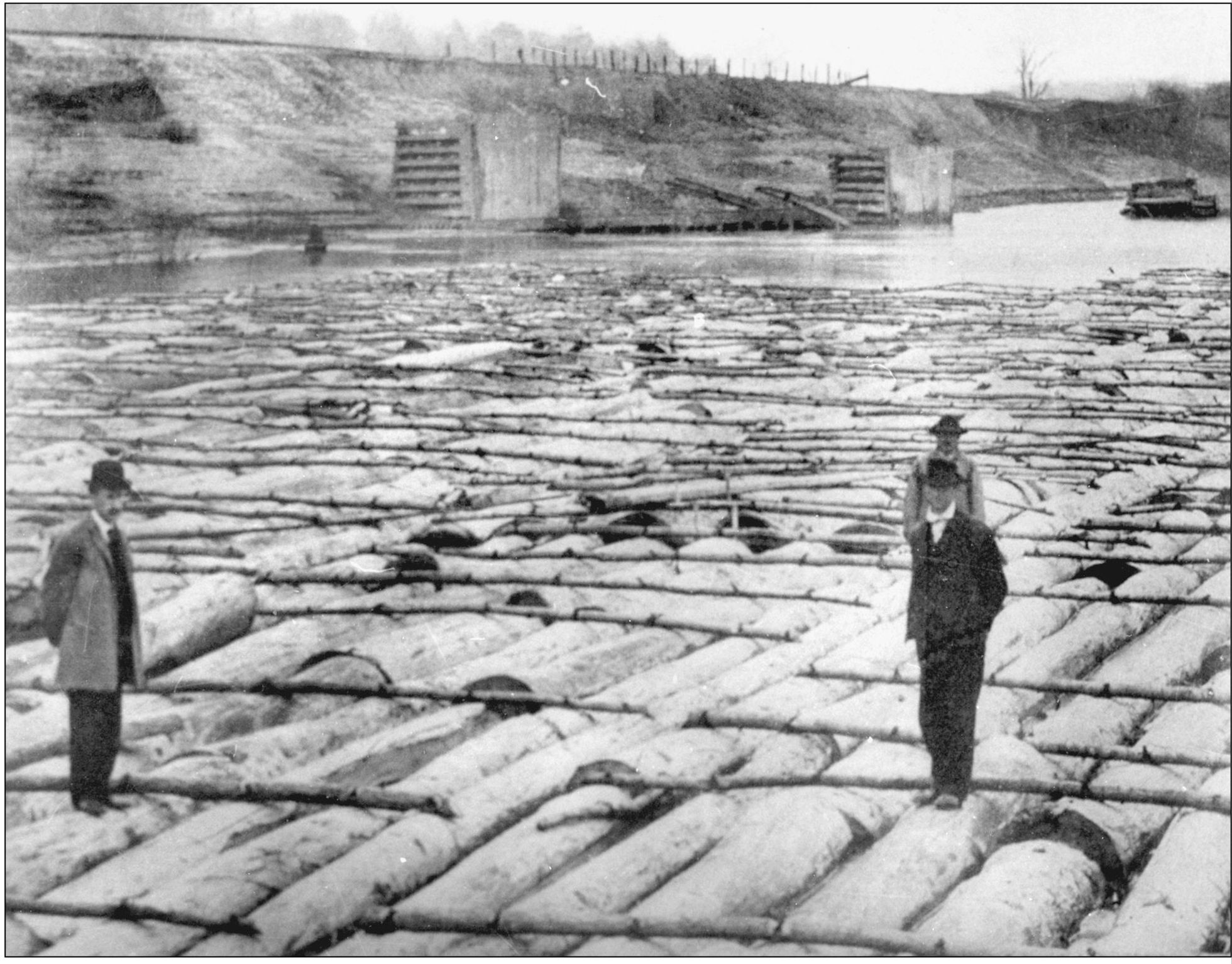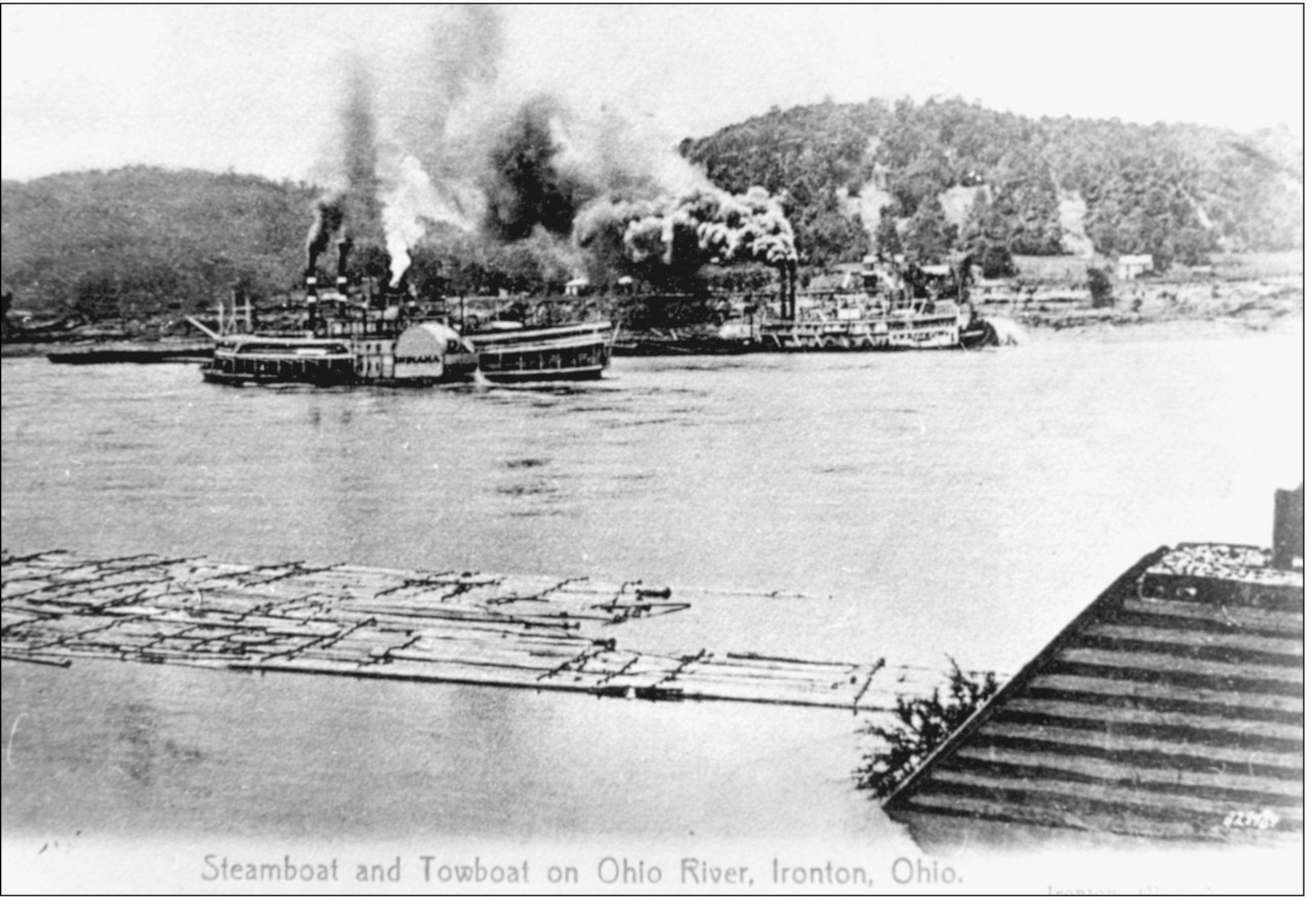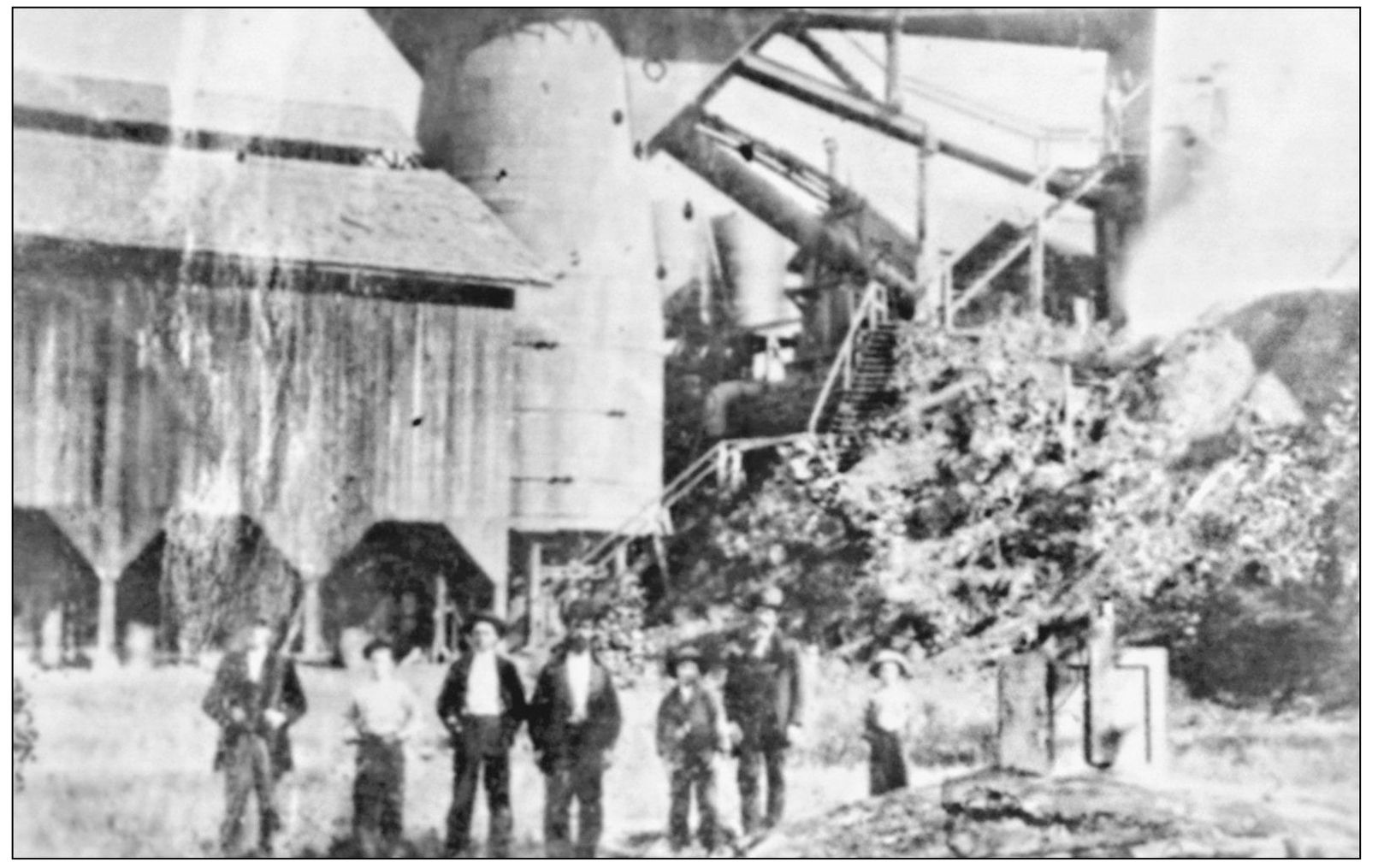One
ARGILLITE MINING AND MANUFACTURING COMPANY
Argillite is named for the mineral argillite, which was mined in Eastern Kentucky in the early 1800s. Native Americans mined and used the mineral to make jewelry and other useful items for several hundred years prior. The town Argillite had several blast furnaces, iron and coal deposits, and the Little Sandy River, which made it and surrounding areas desirable for business. Thus, in 1865, the Argillite Mining and Manufacturing Company purchased 25,000 acres of land for development. In less than a years time, the company name was changed to Kentucky Improvement Company.
The railroad of the Kentucky Improvement Company had a track of 5-foot gauge with rails weighing 50 pounds per yard. The rolling stock in 1867 included 3 locomotives, 1 passenger car, 36 freight cars, and 44 coal cars. It is also believed that the Kentucky Improvement Company owned at least two barges to transport their rolling stock across the Ohio River from Riverton.
Nathaniel Thayer became the director of the financial and banking firm John E. Thayer and Brother when John died in 1857. Nathaniel backed several railroad and business ventures from Boston to Kansas City, making him one of the wealthiest men in New England. He was president of the Eastern Kentucky Railway Company until his death in 1883.
Swans are swimming in a pond on this postcard of the Thayer estate in Lancaster, Massachusetts, from around 1900. Nathaniel Thayer considered himself a resident of Lancaster and built the mansion in the postcard on virtually the same spot as the previous home. Thayer was careful to avoid removing any of the trees or the old well.
In 1866, the Kentucky Improvement Company marked the boundary of surveyed land with sturdy iron markers, as pictured here on a Greenup County, Kentucky, farm. The markers were the beginning of resource development in the area as well as predecessors to one of the first railroads in Eastern Kentucky.
The charcoal iron furnace industry of Eastern Kentucky reached its maximum development in the mid-1800s. Several decades earlier, furnaces had been constructed adjacent to the Little Sandy River and to what would later be called the Eastern Kentucky Railway. The Argillite and Pactolus furnaces were built in 1822, the Hopewell furnace in 1833, and the Greenup and Pennsylvania furnaces in 1845. In the photograph, the Greenup furnace is in full operation in 1868; it was renamed the Hunnewell furnace at about the same time this photograph was taken. That same year, the Eastern Kentucky Railway extended to this site, several miles south of Argillite and the location of the second furnace purchased by the Kentucky Improvement Company. Pictured on the left is the storage and stock barn, which still stands today. The furnace produced several thousands tons of iron per year until it closed in the early 1880s.
Logging, along with coal and iron, became a source of potential income for the Kentucky Improvement Company. Logs were hauled from as far away as Webbville, unloaded into the Ohio River, and floated down to merchants in Russell, Kentucky, who inspected the wood for market, as outlined in this photograph from 1899.
Logs waiting for transportation on the Kentucky side of the Ohio River and steamboats waiting to load and unload their cargo at the Ironton, Ohio, boat dock are pictured in the 1880s. Ironton operated a couple of larger blast furnaces that contributed to the early and few profitable days of the Eastern Kentucky Railway.
Because of the abundance of natural materials throughout Greenup, Carter, Lawrence, and Boyd Counties, Kentucky, iron furnaces sprang up in areas where both iron and coal could be transported quickly. Pictured in the 1960s is what remains of the old Laurel furnace in Greenup County, which was too far out of the way to be used by the Eastern Kentucky Railway.

